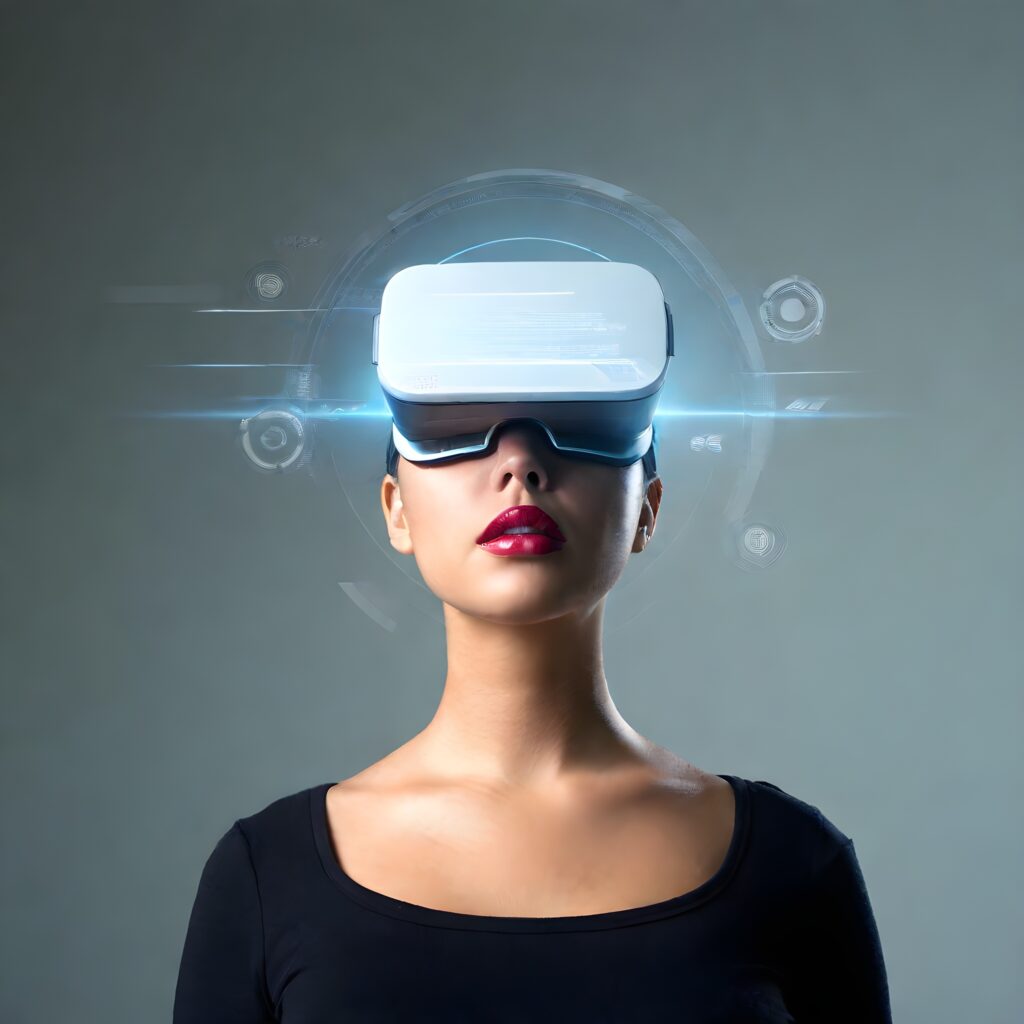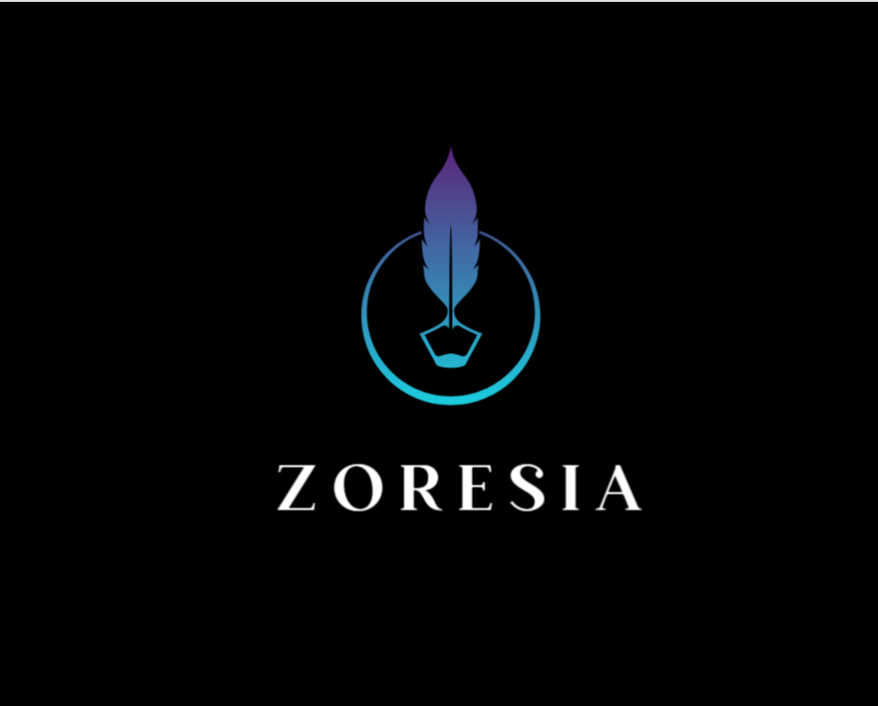Social media is no exception to Artificial Intelligence (AI) and it is revolutionizing so many different industries. Just look at AI-powered virtual characters who can engage with people in the same way real-life personalities do: These digital influencers are not only gaining millions of followers, they’re working on high-profile campaigns with major brands from all over. But the question remains: Are virtual characters the future of social media, or just a passing trend?
How AI-powered Influencers are Changing the Way Brands Collaborate

AI influencers are frequently used by brands to deliver consistent, controlled and highly engaging campaigns. One advantage of a virtual influencer is that he or she can be carefully designed and scripteds fit the brands image exactly.
For example, Lil Miquela has worked with luxury brands like Calvin Klein and Prada, drawing wide attention among international audiences. Unlike human influencers, AI influencers afford predictability–they lack the unpredictability of human behavior yet still engage their recipients.
also read Top 10 Must-Have Gadgets for 2024
The Technology Behind Virtual Influencers

Creating an AI influencer involves advanced technologies such as CGI (computer-generated imagery), machine learning and deepfake technology.
The space is led by companies like Brud (creators of Lil Miquela) and The Diigitals (creators of Shudu). These virtual characters are animated via cutting-edge AI models that allow them to learn from interactions and produce content that resonates with their audience.
Do People Trust AI-powered Influencers?
One of the central debates surrounding AI influencers is whether there is any authenticity within them. In influencer marketing the authenticity of a person is vitally important.
However, many users interact with these virtual characters while knowing they are not real, attracted by the imagination and story-telling involved. Studies reveal a mixed response–While some followers are ready to accept this novel idea, others question whether they will be able to truly connect with something totally cocaina.
The Economics: Cost vs. Value

For a brand, the economics of AI influencers could prove enticing. Virtual influencers may require a high upfront investment, but consistently and predictably spitting out on-brand content is what such productions have in common.
There are no royalties or license fees to renegotiate with an impersonal model now that contacts are over. Additionally, AI influencers don’t need a vacation and they don’t ask for a raise overtime, making them a cost-effective option for long-term marketing campaigns.
Cultural Impact: How Virtual Influencers Are Shaping Trends
AI Influencers aren’t just billboards–they’re fashion mavens. The virtual personae they inhabit are changing the shape of fashion and cultural trends across many fields, from average wares to human authors crawling off into edutainment mode: Virtual models like Shudu and Imma are redefining standards of beauty (or aesthetics) while others have gone out carousing with major studios on campaigns in gaming, tech companies and of course social causes globally.
Also of particular significance is that this new trend can be adapted for people in different countries and times; it doesn’t depend on any specific culture or era.
Challenges and ethical dilemmas of AI influencers
No matter how popular AI influencers get, they are still the source of much ethical controversy. One is how far these virtual stars should be ‘visible’: Are followers fully aware that these so-called influencers actually do not exist as people you might bump into in the street? Another concern is that AI characters could use their phenomenal algorithm-zapping skills for particular vested interests and bring with it a lack of news accuracy.
A third one deals with the possible impact on real-life human influencers. If a few AI influencers become major internet or WeChat-based stars, then human influencer’s jobs may be threatened and squeezed out of the market by unfa
The Future of AI Influencers: What’s Next?

The future looks good for AI influencers. As technology continues to improve, these will become more and more life-like in the future. We are also likely to mergy AI influencers with the metaverse, allowing not only an enhanced virtual experience but actual interaction between itinerant tourists/real-life users (Who wouldn’t love being beckoned over by their CD-shaped guide?) This will open up new possibilities for sales, entertainment and social interaction.
They were virtual, but they managed to forge an online community.
Robots, they worked hard to post content that was consistent; robots wrote personalized articles about favourite pets and affecting stories. In this way AI copywriters have turned a profit.
They use these insights to design content that sticks. But whatever their formula might be, they at times achieve engagement rates that leave flesh-and-blood bloggers in the dust, delight their consumers and show off new things–such as NIO’s car brand.
Brands can use these communities to target specific groups of consumers.
The Future of Social Media: Will AI Influencers Take Over?
AI-powered influencers are not just a fad as commonly perceived. They represent a fundamental change in the operation of social media and marketing. Although they may not replace humans altogether, for businesses and organisations to ignore this new media shift would be unwise.
Conclusion
AI-powered influencers are more than just a tech trend; they represent a significant shift in how social media and marketing operate. While they may not completely replace human influencers, they offer unique advantages that brands cannot ignore. As technology evolves, we can expect AI influencers to play an increasingly significant role in digital marketing, social media, and beyond.

